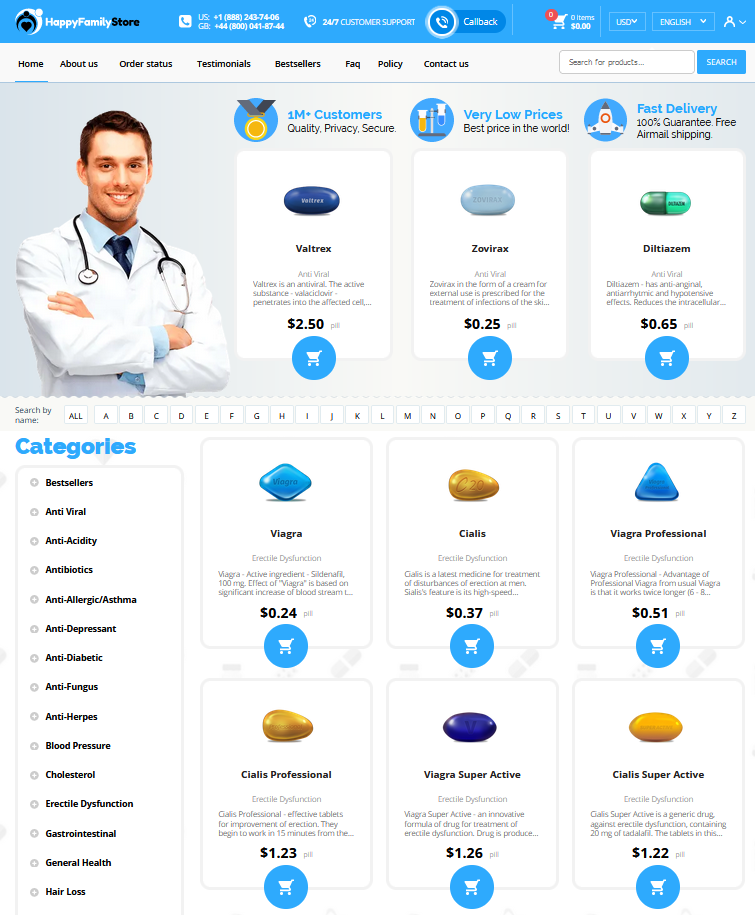To Buy Stromectol Online Visit Our Pharmacy ↓
 Patient Experiences: Living with Stromectol Treatment
Patient Experiences: Living with Stromectol Treatment
Getting Diagnosed: the Journey Begins with Stromectol
The moment you hear the diagnosis can feel surreal. The doctor explains the condition that requires Stromectol, either river blindness or a similar parasitic infection. It's a jounrey through medical exams, sometimes leading through a maze of symptoms that may have been unexplained for too long. Understanding the need for Stromectol can provide a minuscule sense of relief, knowing that treatment is possible.
Upon the diagnosis, you might feel a mix of emotions. The path to a treatment protocol can seem daunting, but knowledge is power. Recieving Stromectol-based care introduces a structured routine aimed at combating the infection, shedding light on the road ahead. Here’s a brief overview of initial feelings:
| Emotion | Description |
|---|---|
| Confusion | Understanding medical terminology and processes |
| Relief | Realizing there is a possible treatment |
| Anxiety | Adjusting to life with the upcoming treatment |
Understanding Stromectol: Mechanism and Purpose Explained

Stromectol, known generically as ivermectin, is a powerful antiparasitic medication. Initially, utilized for veterinary purposes, its revolutionary potential for treating human parasitic infections became apparent. Its role in combating conditions like river blindness and intestinal strongyloidiasis underscores its efficacy. The magic lies in ivermectin's ability to target and paralyze parasites through specific nerve and muscle inhibition, disrupting their life cycle.
Incorporating stromectol into a treatment regimen involves understanding its precise function. Patients may recieve detailed instructions on dosage, ensuring maximum effectivity. Healthcare providers often emphasize its targeted approach, wich minimizes systemic impact and enhances patient outcomes. Stromectol definately represents a vital tool in the medical arsenal.
Day-to-day Life: Adapting to Stromectol Treatment
Navigating daily life while undergoing Stromectol treatment often involves a blend of adjustments and newfound routines. Patients may find themselves structuring their days around medication schedules, wich can be a major shift in lifestyle. It's not just about taking a pill; it's about embracing new habits that support overall health and well-being. Some individuals develop strategies to manage side effects or changes in energy levels, incorporating more rest or balancing activities differently.
The beginning of treatment may feel overwhelming, but gradually, routines become second nature. Simple things like staying hydrated, eating balanced meals, and allowing for occasional rest periods can significantly complement the effects of Stromectol. Developing a flexible routine often provides not only physical but emotional strength, allowing patients to maintain a sense of normalcy while focusing on healing.
Common Side Effects and How to Manage Them

Living with Stromectol can present challenges, but understanding how to navigate side effects can make a considerable difference. Fatigue and dizziness have been commonly noted among patients, sometimes leading to a need for adjustments in daily routines. It's recommended to rest when necessary and stay hydrated to help manage these symptoms. Recieve guidance from healthcare professionals about any persistent reactions.
Occassionally, patients report gastrointestinal issues, such as nausea or diarrhea. Until these subsides, smaller, more frequent meals and a bland diet might help. Communication with your doctor is crucial to determine if any reactions warrant a change in dosage or a different treatment strategy to acommodate your individual needs.
Heartfelt Stories: Personal Experiences with Stromectol
Sophia's journey with Stromectol began as a challenge but unfolded into a story of resilience. She recalled teh initial fear that gripped her when prescribed the medication, unsure of what was to come. However, a turning point occured when she met others who shared their journeys, offering hope and camaraderie. Each shared story became a building block of strength, highlighting not only the hurdles of treatment but also the profound sense of community that emerges when facing such tests together.
| Name | Experience |
|---|---|
| Sophia | Overcame initial fear with community support. |
| Michael | Found balance through lifestyle adjustments. |
Michael's experiance with Stromectol revealed not just the importance of the medication but also the transformational impact of lifestyle adaptations. He learned to integrate small, impactful changes into his daily routine, which significantly enhanced his quality of life. Both Sophia and Michael illustrated how shared stories and personal insights can transform the perception of chronic treatment from a solitary journey into one enriched with empathy and understanding.
Support Systems: Navigating Life Beyond Treatment
Transitioning from Stromectol treatment can be especially challenging, often leaving patients in need of a reliable support network. Families and healthcare professionals collaborate to create an enviroment that nurtures and sustains the recovery process. It is crucial to establish open lines of communication with your medical team, ensuring they provide guidance tailored to individual needs. This attention to personal details can dramatically ease the transition back to a pre-treatment lifestyle.
Equally essential is the role of community groups, wich offer an invaluable connection to others who understand firsthand the journey with Stromectol. These networks are a safe haven where patients can voice their concerns and share victories, fostering a rich exchange of tips and advice that help navigate post-treatment life. Such groups can alleviate feelings of isolation, reminding individuals that they are not alone.
Incorporating professional support services, such as counseling or therapy, can also be beneficial. This additional layer of assistance helps manage emotions and equips patients with coping strategies to confront new challenges. The aim is always to cultivate a lifestyle where the patient feels empowered and independant, ready to embrace a healthier future. Together, these support systems play a pivotal role in transitioning back into normalcy beyond treatment.